There are many common swimming pool mistakes and oversights committed by home owners, however innocently. This overview of pool fails will help you avoid some pitfalls and keep your personal backyard resort up and running.
Poor Maintenance
Having a general maintenance routine is really crucial for functional pools and equipment. Cleaning pool surfaces is important but good maintenance involves some TLC for the equipment too.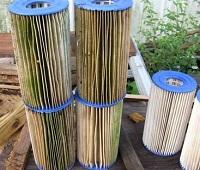
Neglected Pool Filter – Not cleaning the filter media (cartridges. D.E. or sand) leads to a plethora of pool maladies. Dirty filters means decreased water flow and filtration, and increased risk of rampant algae. You can also strain your pump as it tries to push water through a clogged filter, leading to a motor failure.
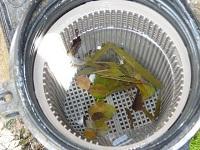 Neglected Strainer Baskets – Both your pump and skimmer collect debris but they don’t know how to empty themselves. Jammed up baskets will reduce both the flow of water and proper filtration, and strain the pump. Inspect and clean these out frequently, at least once a week. Try our handy skimmer Scumsock to make cleaning out the skimmer basket a little less nasty.
Neglected Strainer Baskets – Both your pump and skimmer collect debris but they don’t know how to empty themselves. Jammed up baskets will reduce both the flow of water and proper filtration, and strain the pump. Inspect and clean these out frequently, at least once a week. Try our handy skimmer Scumsock to make cleaning out the skimmer basket a little less nasty.
Chemicals
Proper flow and filtration are all well and good, but they mean nothing if your pool chemical levels are out of whack.
Ongoing Imbalance – Perpetually out of balance water leads to a host of unpleasant problems including corrosion of equipment, scaling on pool surfaces, and algae growth. A good test kit can help you avoid all of this and keep your pool safe for swimming.
Special Occasion Imbalance – The chemical levels might all be within range – and then comes the pool party. Pool owners who are consistent with their day-to-day chemical maintenance sometimes forget that a higher bather load changes everything by using up lots of available chlorine. Failing to add some shock after a party is an oversight that can lead to an explosion of algae. So be sure to kick out those stragglers and shock the pool as soon as you can.
Wrong Sizes
The wrong size anything can cause pool problems. And this is often not the fault of the pool owner but instead the builders and installers. They are notorious for over-sizing pumps, following the “bigger is better” myth that plagues the pool industry. In addition, they will sometimes push equipment, big or small, which is overstocked or that they got a good deal on. The pool owner might not see the “fruits” of this for several months or longer after the installation is complete.
Pumps – Here is the equation for an over-sized pump: higher horsepower = higher amps = higher electric bills = unhappy pool owner. Electric bills aside, bigger issues like equipment damage and failure can come into play if the filter and plumbing are not sized to match that big pump. If you are building your own pool or hiring a pool builder, it is definitely worth some research to make sure all is properly sized. See our Pump Sizing Guide for step by step instructions.
Motors – Replacing a pump motor is an economical way to get your pump up and running again without having to shell out cash for a whole new pump. Often though, confused pool owners select the wrong replacement motor – too big or too small – and end up frustrated.
If you are taking a motor replacement as your opportunity to increase or decrease the horsepower, that’s fine – with a few caveats. If going smaller, you want to calculate the gallons per minute of the lower horsepower and be sure it’s enough for circulation and any water features tied into the main pump. If going bigger, you need to check your filter flow rate and find out if it can handle the increased flow. Another thing to note is the voltage requirement of the larger motor. You might only have a 115 volt line available while many higher horsepower motors are 230 volt only.
For either change, up or down, you will definitely need to replace the impeller and possibly the diffuser; these parts are also rated by horsepower and need to match the motor.
You are not out of the woods even if you’re sticking with the same horsepower motor; you must pay attention to that tricky little number called the service factor. Don’t assume any 1 HP motor will exactly replace your existing 1 HP motor. Look at your motor label for the service factor or “SF” and multiply this by the HP. This gives you the total horsepower of your motor (for example, 1 HP x 1.5 SF = 1.5 Total HP). Be sure these numbers match when selecting a new motor. Other motors labeled as 1 HP can have a higher or lower SF rating which means they won’t be a proper match.
Filters – The main issue with filter size is when it’s too small. Every filter has a flow rate measured in gallons per minute (gpm). If a filter is undersized, the pool pump will be pushing more gpm than the filter is designed to handle. This can burn out the pump motor prematurely and also cause filter damage. In general, pool filters should be over-sized by 15 – 20 gpm higher than the pump output. This provides enough cushion to avoid problems and also gives you a little wiggle room should you ever decide to increase the pump size in the future.
Excessive Circulation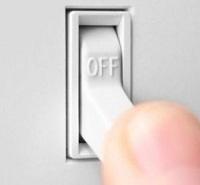
Many pool owners mistakenly believe they need to run their pump constantly. The truth is running a residential pool pump 24/7 is unnecessary, burning up energy and your wallet. Filtering or “turning over” all of the water in your pool once in 8 – 12 hours is enough for most residential pools that see moderate use. Extra run time should be required only occasionally, such as after a pool party.
Low Water
Allowing the pool water level to drop too low, meaning below the skimmer, is a big no-no. If this happens, the pump will draw air instead, resulting in loss of prime and running dry. Catch this in time, stop the dry run, and you might have to say good-bye only to your shaft seal – but be sure to replace it. If the pump runs dry unchecked, it will overheat and melt the pump housing. To avoid all of this drama, consider an automatic filler to maintain proper water levels.

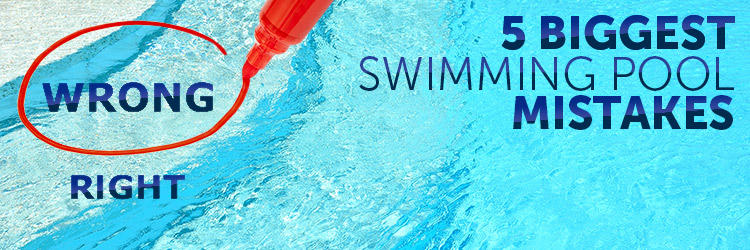







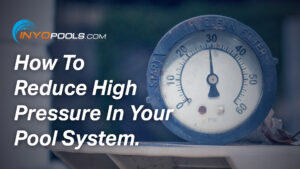
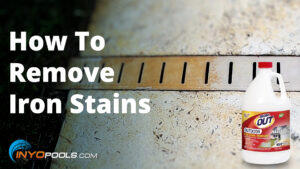

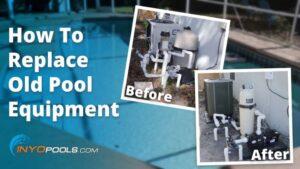
Leave a Reply